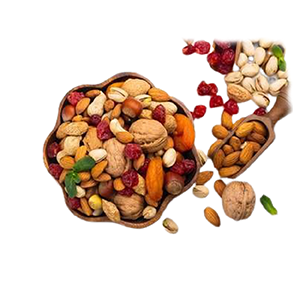ক্যাটাগরি
- বিশেষ দিবসের অফার ( Special Days Offers )
- পহেলা বৈশাখ এবং ঈদ অফারস
- ডিসকাউন্ট এন্ড ডিলস
- পরিবেশ বান্ধব পণ্য
-
 মেয়েদের ফ্যাশন
মেয়েদের ফ্যাশন
-
 ছেলেদের ফ্যাশন
ছেলেদের ফ্যাশন
-
 কিড্স জোন
কিড্স জোন
-
 পোশাক
পোশাক
- হোম ও লাইফস্টাইল
- জুয়েলারী
-
ফ্যাশন এন্ড ডিজাইন
- হস্ত ও কারুশিল্প
-
পাট ও পাটজাত পণ্য
-
চামড়া ও চামড়াজাত পণ্য
- লেদার গুড্স
- ব্যাগ এবং ট্রাভেল
- বই ও অফিস এক্সেসরিজ
- গিফট কর্ণার
- প্রোমোশনস
-
 স্বাস্থ্য ও সৌন্দর্য
স্বাস্থ্য ও সৌন্দর্য
- প্রসাধনী সামগ্রী
- হোম ও কিচেন
- ভেষজ
- খাদ্য/কৃষি প্রক্রিয়াজাতকৃত
-
 সেফটি প্রোডাক্টস
সেফটি প্রোডাক্টস
-
 ফুড
ফুড
- মৃৎশিল্প
- এগ্রো প্রোডাক্টস
- কাঠ, বাঁশ, বেত ও কাঠের আসবাবপত্র
- টিভি ও হোম অ্যাপ্লায়েন্স
- ইলেক্ট্রনিক ডিভাইস
- ইলেক্ট্রনিক এক্সেসরিজ
- ইলেকট্রিক্যাল অ্যান্ড ইলেকট্রনিক্স
- গ্লোবাল
- পাইকারী পণ্য
- অন্যান্য

